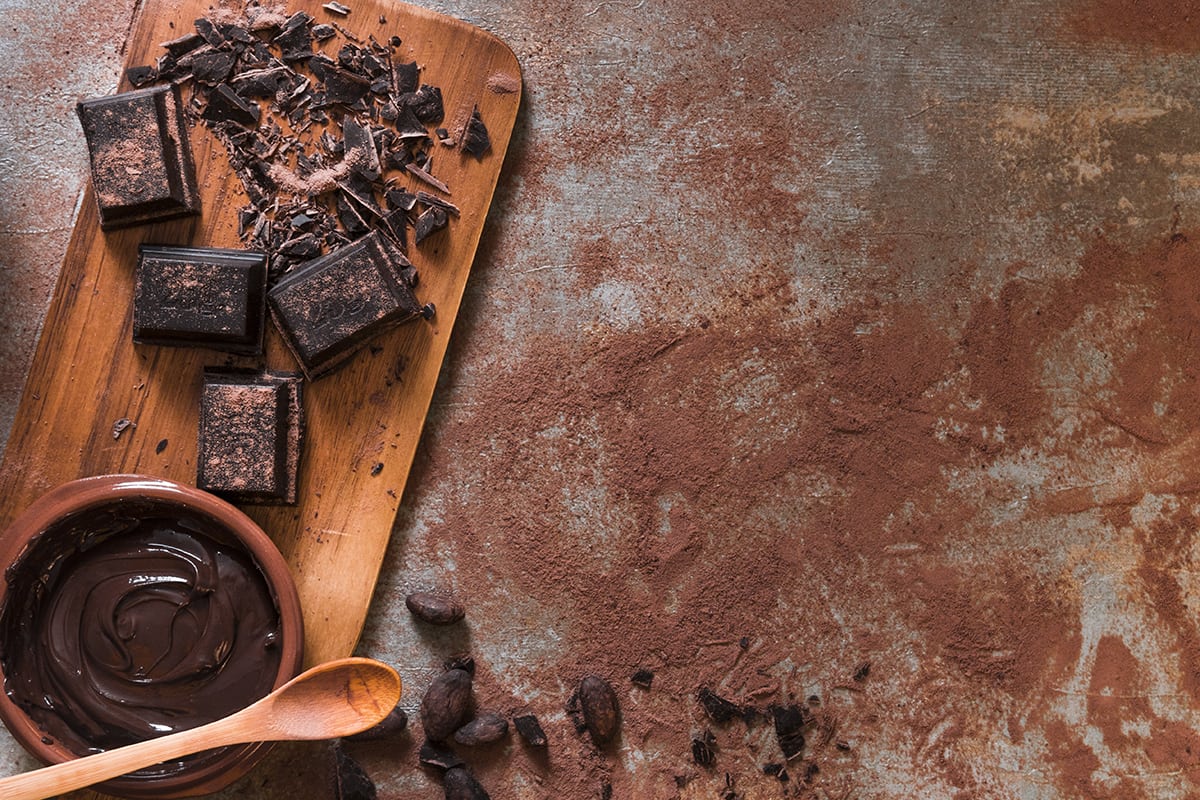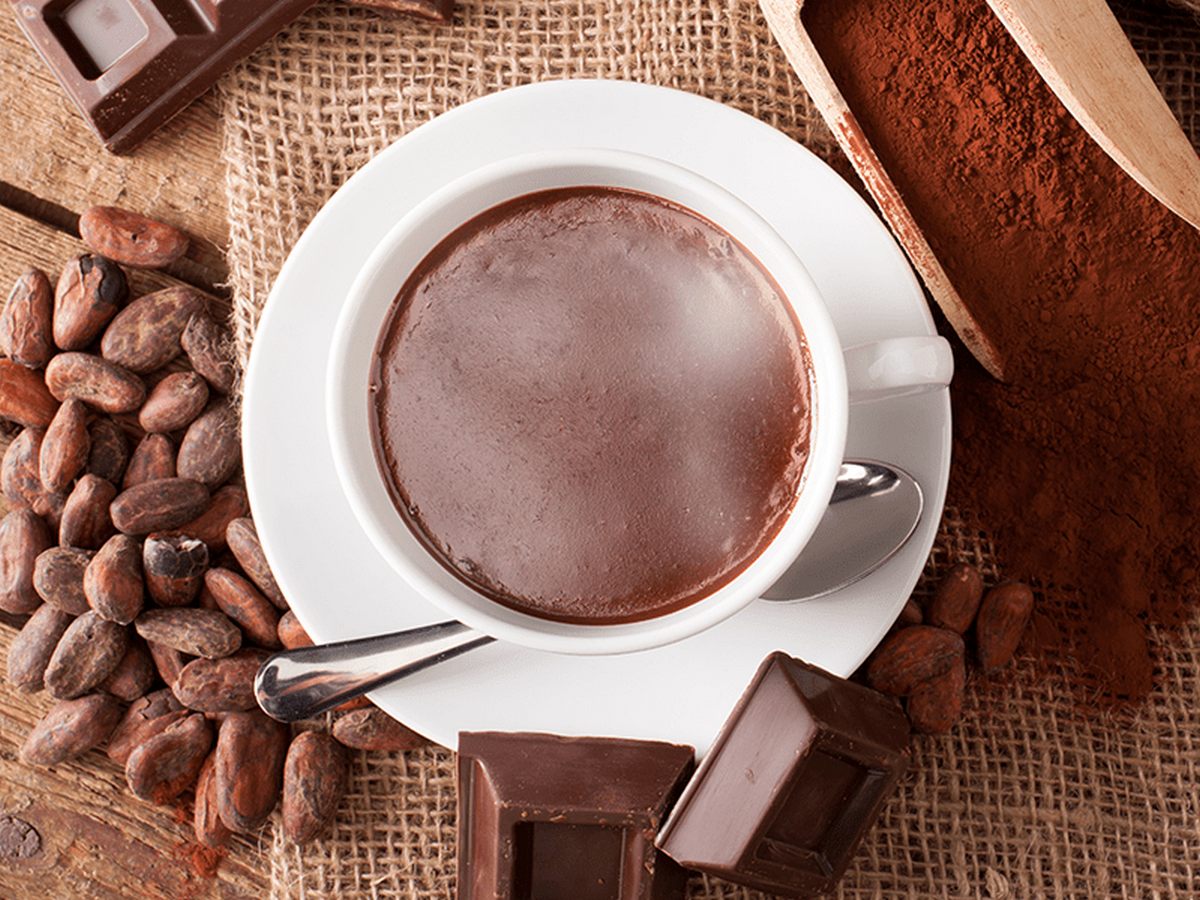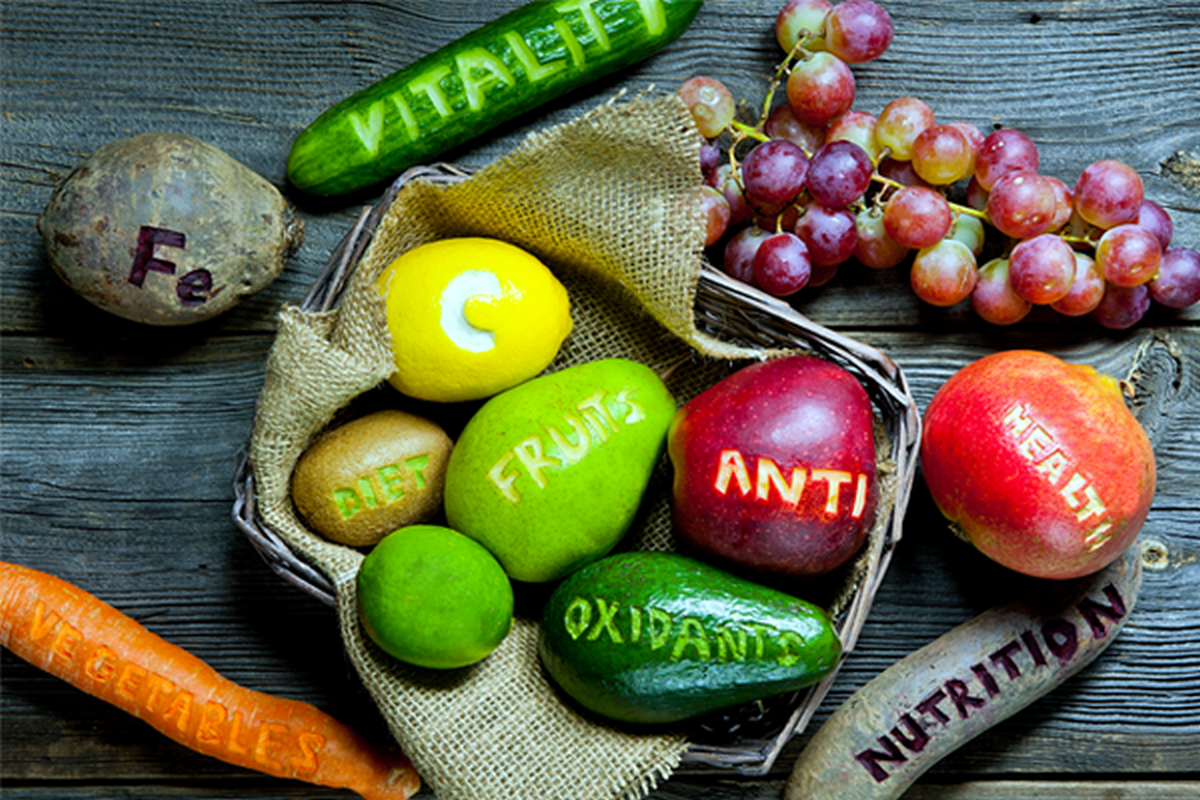Chocolate: Myths and Truths!

Chocolate has divided not only consumers but also scientists. Doing a simple online search one will find many posts praising dark chocolate as a modern healthy food. We eat it because it makes us feel good but at the same time it creates guilt because it is a calorie bomb. In fact, 100 gr. Chocolate has 540-600 calories due to its high fat content. As compensation, manufacturers are promoting the image of a food rich in antioxidants.
But what is the truth?
Cocoa, the raw material of chocolate, is indeed a rich source of polyphenols – antioxidants with proven value in the fight against free radicals. Cocoa beans contain 6-8% polyphenols on their dry weight, i.e. when water is excluded. This content is one of the highest in food but the crucial issue is what is in the final product.
According to a very interesting study, about 7% of polyphenols in cocoa beans are reduced to 2.7% in fermented grains. And after all the heating and treatment process, the final product, chocolate, has a polyphenol content of only 0.5-1% of the original [1]. At least 85% of polyphenols are destroyed during chocolate processing and production. To make matters worse, another study found that the bioavailability of cocoa polyphenols is low, meaning that the human body absorbs a small amount of them.
Regarding the polyphenols of chocolate, it should be noted that the interest is focused not on them as a whole – they are present in many fruits and vegetables, so one does not need to resort to chocolate – but in a category of them, in flavonols. These are mainly two compounds, epicatechin and catechin, which humans usually take from tea and cocoa. Flavonols belong to the flavonoids which in turn are a class of polyphenols. In recent years there has been extensive research on the role they can play in human health.
The content of epicatechin in cocoa beans is 9 mg per 1 g. -a significant amount- and catechin is 0.3 mg. Unfortunately, flavonols are also significantly reduced when processing cocoa powder. Maintaining a baking temperature just above 100 degrees Celsius can reduce flavonol content by only 10%, but cocoa beans are usually baked at much higher temperatures in most parts of the world.
The image of chocolate as a food rich in antioxidants is based on its raw material, cocoa, and this can be deceptive for many consumers. In fact, chocolates are three times as different from each other in terms of nutrients, and maintaining the original quantities of cocoa is a big challenge for manufacturers trying to apply new technologies. So because chocolate is among the most fattening foods -20 gr. provide about 100 calories – someone with weight problems should think about it before consuming large amounts having as an alibi its nutritional value.
Find at Vita4you.gr many options on sugar-free chocolate!
References
- Chocolate, lifestyle, and health.
- Cocoa and health: a decade of research.
- Impact of fermentation, drying, roasting, and Dutch processing on epicatechin and catechin content of cacao beans and cocoa ingredients.
Disclaimer
The content of this blogspot is not and can not be considered as medical advice, diagnosis or treatment. All information is provided to readers solely for informational purposes. There is no intention to substitute this content for personalized medical advice, diagnosis, prognosis or treatment.







Leave a comment